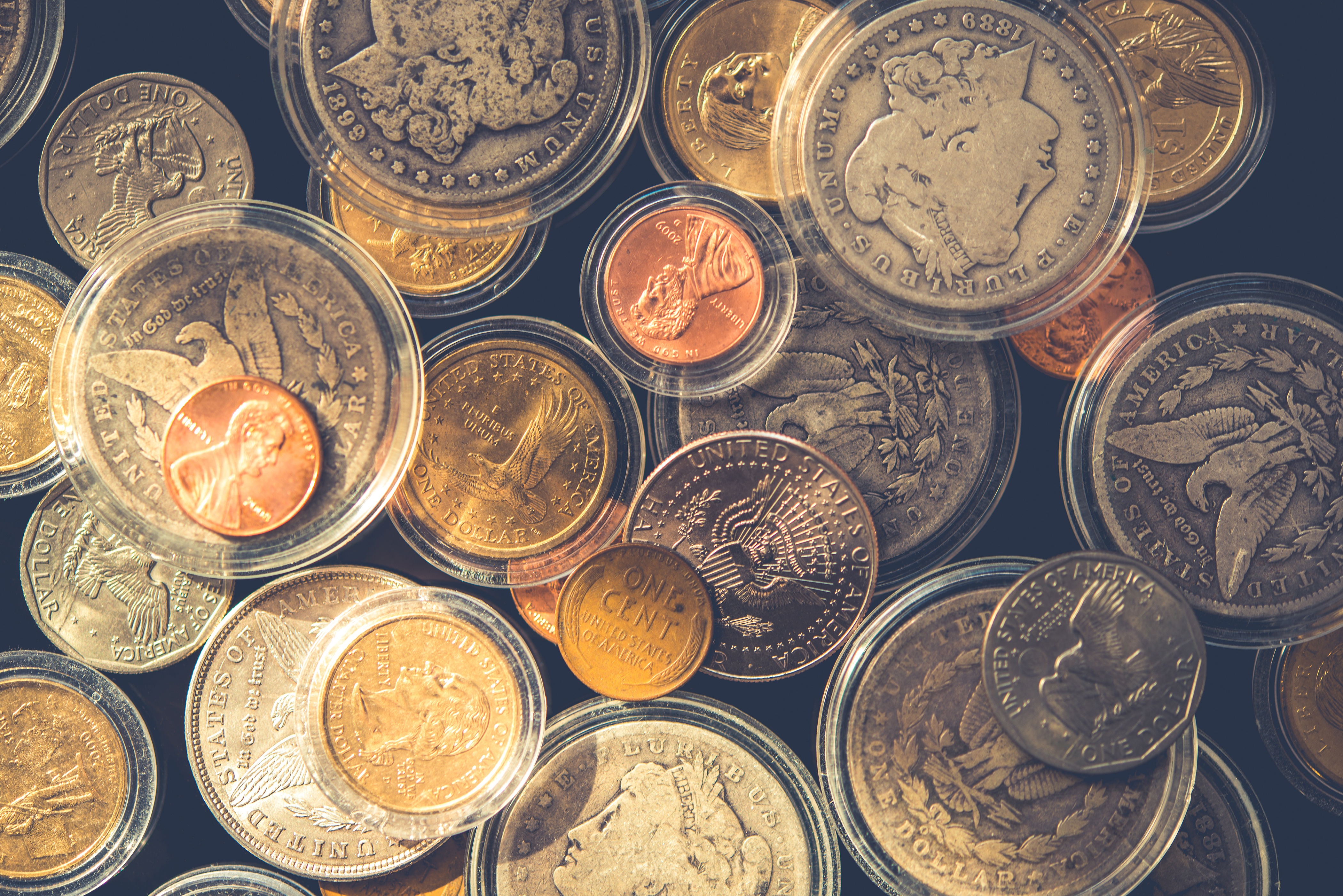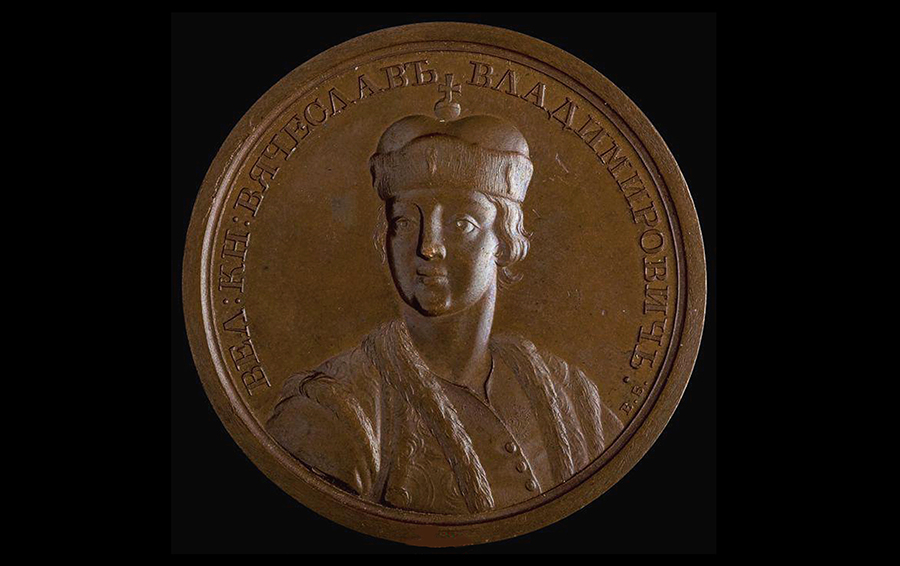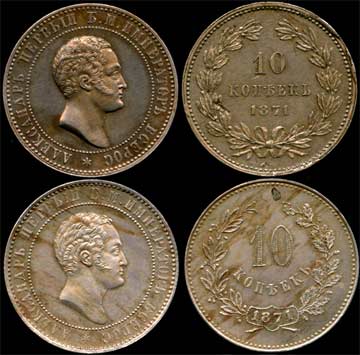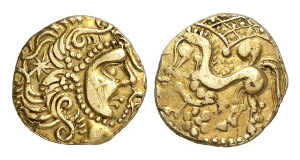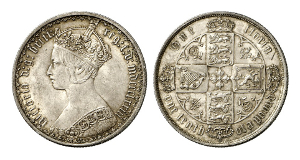large Russian silver
Franz Joseph I Commemorative Coins
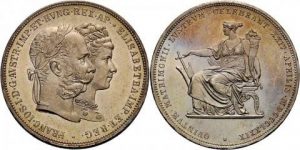 From December 2, 1848, Franz Joseph I was Emperor of the Austrian Empire and King of Bohemia, Apostolic King of Hungary.
From December 2, 1848, Franz Joseph I was Emperor of the Austrian Empire and King of Bohemia, Apostolic King of Hungary.
Franz Ripl in 1829 gave the emperor the idea of building a railway through Brook. This road was extremely useful because it immediately led to the sea and this caused a stir in the Austrian Empire, because now all the usual places of rest (like Karlsbad or Bad Ischl) went into the shadows against the backdrop of the Riviera. Continue reading
Roman coins (III century BC – V century AD)
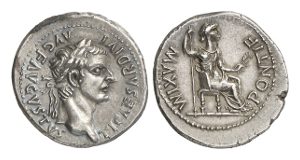 The Roman Empire dominated most of the ancient world known to us for over 500 years and exerted a decisive influence on the economy, art and culture of Europe in subsequent centuries. In the area of coin minting and in money making in general, the Romans also laid the foundations for their subsequent development.
The Roman Empire dominated most of the ancient world known to us for over 500 years and exerted a decisive influence on the economy, art and culture of Europe in subsequent centuries. In the area of coin minting and in money making in general, the Romans also laid the foundations for their subsequent development.
The most ancient Roman coins were cast in bronze (the so-called “heavy bronze”, Aes grave), and the image on them contained an indication of dignity in assa (the ass was equal to one pound) and ounces (1/12 assa). Continue reading
Valuable little thing. How to make money on investing in rare coins
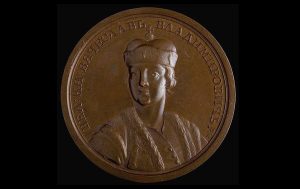 Rare coins can grow in price by hundreds of percent over ten years. What influences their value and how to find assets attractive for investment in this market?
Rare coins can grow in price by hundreds of percent over ten years. What influences their value and how to find assets attractive for investment in this market?
Old coins are the third most profitable alternative tool in the world after rare cars and collection wine. According to the latest report by Knight Frank, over the past 5 years, the return on investment in rare coins was 50%, and in ten years – 182%.
Numismatic market trends reflect special indices that include rare coins from different countries in whose territory they once served as means of payment. Continue reading
